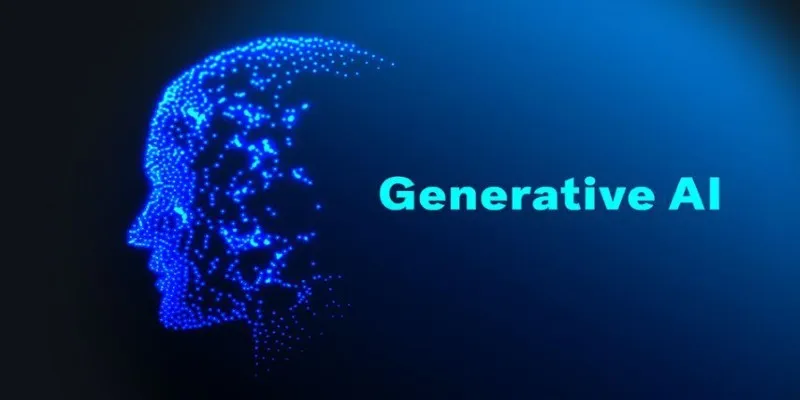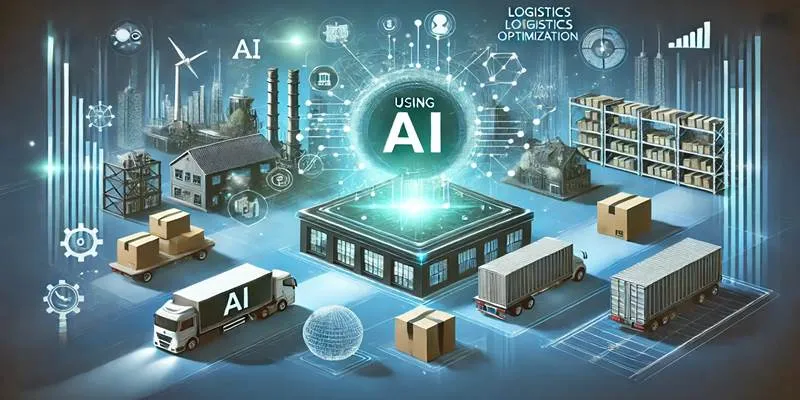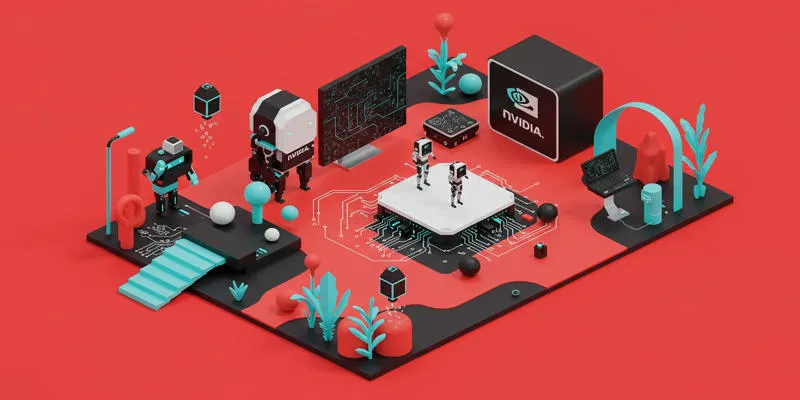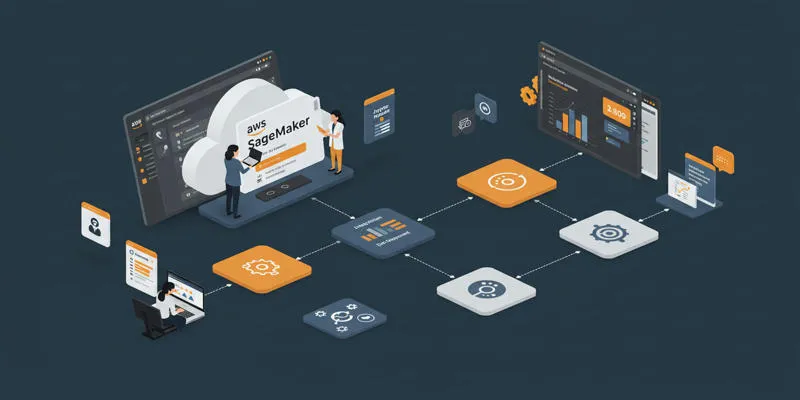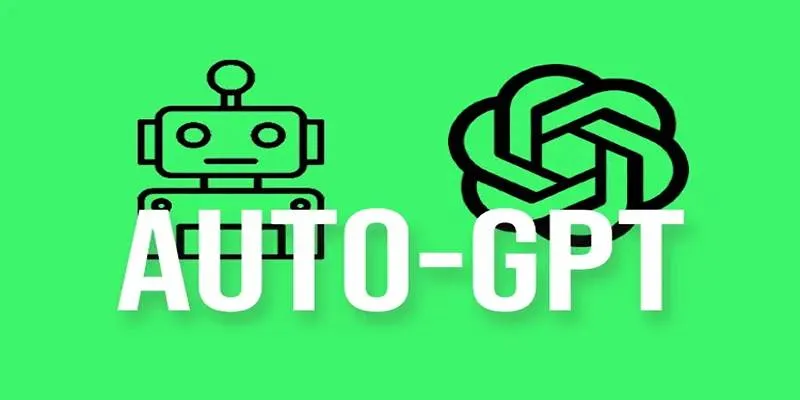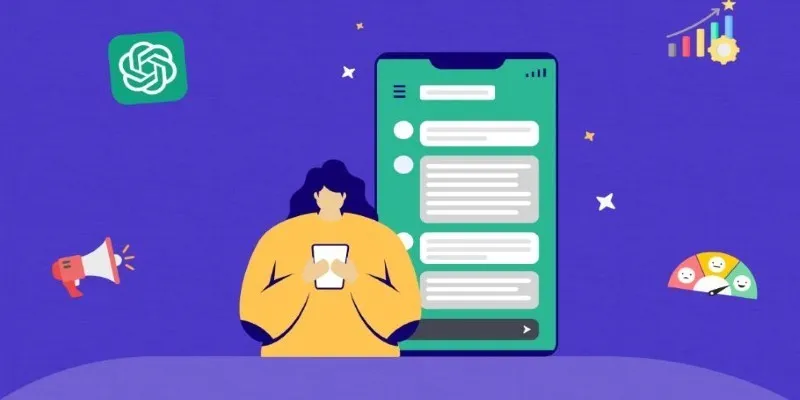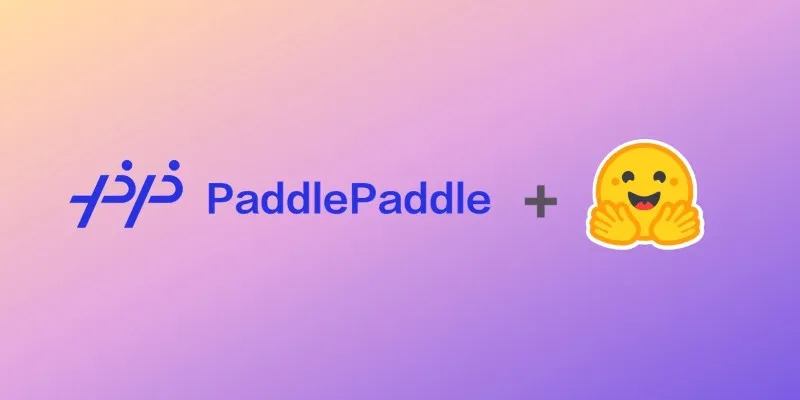It’s frustrating when a customer makes one purchase and disappears. You’ve invested in ads, optimized your site, and landed the sale—then nothing. You’re not alone. Turning one-time buyers into loyal customers is tough, but AI can help move beyond the first transaction and create lasting relationships. This isn’t about pushing more promos or using tired email drips.
It’s about leveraging AI to create personalized, timely, and relevant experiences that genuinely matter to people. Loyalty isn’t built on discounts—it’s built on trust and consistency. In this article, we’ll explain how AI can drive long-term loyalty through personalization, predictive behavior, and meaningful customer connections.
Smarter Data, Better Personalization
A common mistake is thinking personalization just means using someone’s name in an email. True personalization is deeper. It’s about understanding behavior, preferences, and timing, and responding accordingly. That’s where AI excels.
AI-powered personalization enables you to go beyond surface-level engagement. It derives insights from browser history, purchasing habits, device use, and even location to craft detailed customer profiles. These profiles are dynamic, evolving with each interaction.
Consider a customer who purchases skincare products during winter. With AI, you can detect seasonal trends and automatically recommend lighter skincare products in the spring. If a customer shops only on weekends, time your messages to engage during those periods. For someone who purchases tech equipment only after viewing reviews, craft content to educate them before the pitch.
This kind of AI-driven awareness fosters trust. It makes consumers feel noticed—not followed. They receive recommendations they would actually use. Over time, these nuanced touches create a brand experience that feels customized, not mass-produced.
Predictive Timing and Anticipation
One of AI’s silent strengths is its ability to forecast—not magically, but through patterns. Each customer leaves a path: how frequently they purchase, when they drop off, and what they click but don’t buy. AI interprets these patterns and converts them into valuable signals.

Suppose someone bought a kitchen appliance three months ago. AI tools can analyze data from similar customers and predict when that person might need a refill, accessory, or upgrade. Instead of waiting for the customer to return or hoping your newsletter hits the mark, you send a reminder at the ideal time.
Such precision is invaluable. Customers don’t have to track when they need something—your brand simply appears at the right moment with the right message.
This timing isn’t just limited to products. AI can also help predict churn by flagging users who are slipping away, based on fewer logins, shorter browsing sessions, or less responsive behavior. Once flagged, you can trigger smart re- engagement campaigns built on what previously worked for that customer.
The goal is simple: prevent unnoticed loyalty fade. Catch the drop-off before it becomes permanent, and use AI to automate interventions seamlessly.
Adaptive Experiences in Real-Time
Most online experiences are static—the same layout, the same messaging. But customer behavior isn’t static, and treating it that way often leads to disconnect. AI changes this by creating adaptive experiences—websites, apps, and interfaces that shift based on user actions in real-time.
If a returning customer lands on your homepage, AI can prioritize showing new arrivals in their favorite category. If a first-time buyer seems hesitant, the page might highlight trust-building content like reviews, guarantees, or support options. A visitor who’s browsed multiple times without buying might be nudged with social proof or personalized chat support.
The idea isn’t to guess what works. It’s to let AI respond based on signals the customer is giving you at the moment.
This flexibility reduces friction, prevents bounce due to frustration or confusion, and quietly guides users toward deeper engagement over time.
As users become more familiar with your brand, their experience should evolve. AI ensures this evolution is automatic and relevant.
Long-Term Loyalty Through AI-Powered Relationship Building
Loyalty isn’t built in the shopping cart. It grows in the quiet in-between moments—when a customer has no urgent need to engage but still feels a connection. That connection grows from feeling understood, not just sold to.

AI helps nurture this bond without constant human effort. It allows for timely, automated interactions like product tips, how-to guides, birthday messages, or reorder reminders—all personalized and delivered at the right moment.
Imagine a customer who buys a plant. AI can send watering reminders based on the plant type, follow up with a care guide later, and check in periodically. These thoughtful, data-driven nudges create a personal and lasting impression.
AI also enhances loyalty programs by making them adaptive. Rather than one- size-fits-all rewards, AI tailors benefits to behavior. A customer who enjoys learning could earn points for watching tutorials, while repeat buyers might unlock early access to restocks or new products.
AI-powered personalization ensures each customer’s path feels tailored and relevant to their habits. For this to work long-term, trust is crucial. People can sense when automation crosses a line. That’s why transparency, control, and user-set preferences must be part of the system. Loyalty that lasts always feels earned, not manipulated.
Conclusion
AI doesn’t just drive sales—it builds relationships. By employing smart personalization, predictive timing, and adaptive experiences, brands can stay relevant long after the first purchase. Loyalty comes from consistent, thoughtful interactions that feel personal, not automated. When AI is used with empathy and respect, it creates habits, not just conversions. That’s how one-time buyers become long-term customers—through relevance, timing, and trust, delivered with quiet precision behind the scenes.
 zfn9
zfn9


